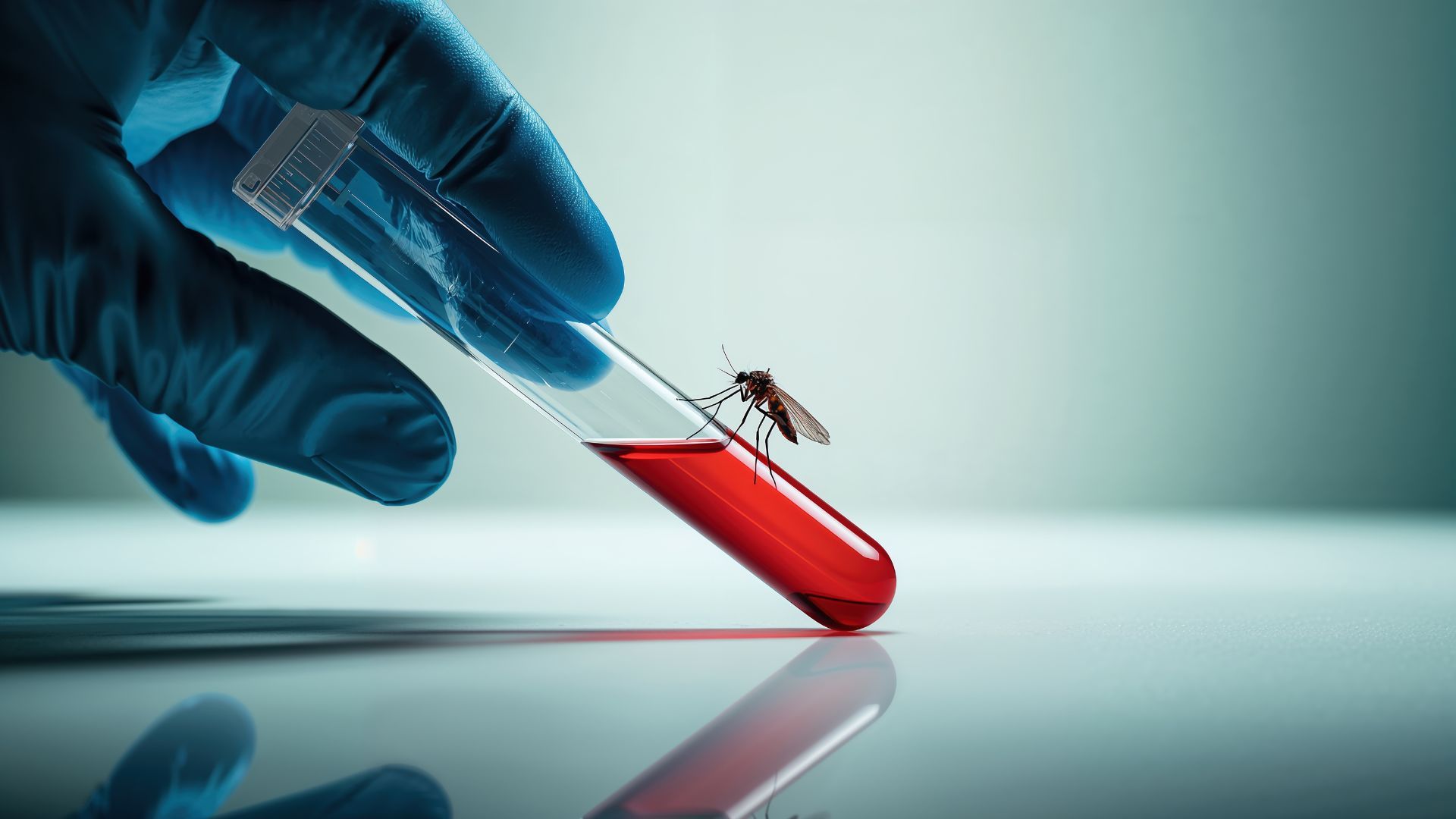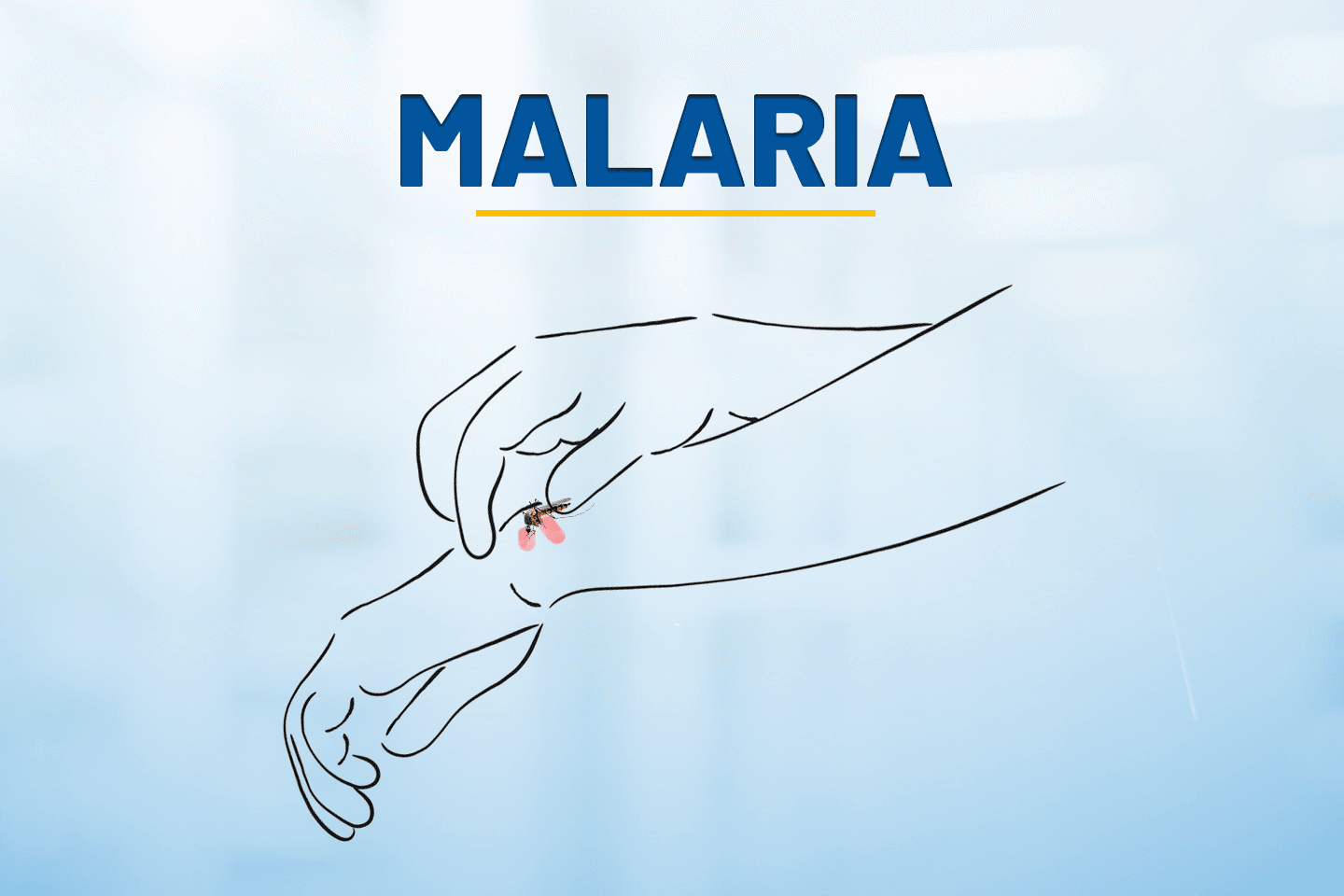
World AIDS Day 2025: Debunking 5 Myths That Fuel HIV Stigma
Introduction
Every year on 1st December, World AIDS Day is a reminder to everyone of the ongoing fight against HIV and AIDS. While medical science has made great progress, myths and stigma still surround this condition.
These myths not only spread misinformation but also stop people from getting tested, treated, and supported. In this blog, we'll debunk five common myths about HIV and share how new tools like HIV rapid test kits are changing the way we fight this disease.
Myth#1: HIV Means You're Going to Die
The Truth: People With HIV Can Live Long, Healthy Lives[1]
In the early days of the HIV epidemic, diagnosis often meant a shortened life. Today, that is no longer true. With treatment using antiretroviral therapy (ART), people living with HIV can have long, healthy, and productive lives. The key is early diagnosis and consistent care. HIV is not a death sentence, and modern medicine has transformed it into a manageable health condition.
Myth#2: You Can Tell If Someone Has HIV Just by Looking
The Truth: You can't know if Someone has HIV by Just Looking at them. [2]
There is no way to identify HIV just by looking at someone. Many people with HIV may look completely healthy and show no visible signs of illness. The virus operates silently within the body, and symptoms may not appear for several years. The only reliable way to know whether someone has HIV is through a diagnostic test. Judging people by appearance only adds to stigma and prevents open conversations about health.
Myth#3: Only Certain People Get HIV
The Truth: Anyone Can Get HIV [3]
A common myth is that HIV only affects certain groups of people. In reality, HIV does not discriminate, regardless of age, gender, or background; everybody can contract the virus. While some behaviours or exposures increase the level of risk, no one is automatically safe because of who they are. Believing HIV affects "only others" creates a false sense of security and stops people from taking necessary precautions like testing and safe practices.
Myth#4: You Can Catch HIV from Touching Someone
The Truth: HIV Doesn't Spread Through Everyday Contact
HIV cannot spread because of casual contact like hugging, shaking hands, sharing food, or using the same toilet. It also cannot be passed on through coughing, sneezing, or mosquito bites. The virus is transmitted only in specific ways, such as through unprotected sexual contact, sharing contaminated needles, or from mother to child during pregnancy, birth, or breastfeeding if untreated. Every day social interactions are generally safe and should never be a cause for concern.[2]
Myth#5: If I Feel Fine, I Don't Need to Get Tested
The Truth: You Can Have HIV without Feeling Sick
Feeling healthy does not always mean being free of HIV. The virus can remain in the body for years without showing any symptoms, silently weakening the immune system. Many people only discover they are HIV positive when the infection has already advanced. Regular testing is therefore essential, even if you feel completely well. Early detection allows treatment to begin sooner, improving long-term health and preventing transmission to others.
How New Tools Are Helping Us Fight HIV
While treatment remains critical, prevention and early diagnosis are equally important. Modern tools, especially HIV rapid test kits, are making it easier for people to know their status quickly and accurately. These innovations not only support better healthcare but also help reduce the stigma by making HIV testing more routine and accessible.
Quick Tests Are Making It Easier to Know Your Status
In the past, testing could take days or weeks. Today, HIV rapid test kits give results in minutes.
Benefits of HIV Rapid Test Kits:
Quick and accurate results
Easy to use in healthcare centres and community settings
Supports early detection and treatment
Reduces the fear of long waiting times
Meril Life offers HIV rapid test kits that are WHO Prequalified (WHO PQ), ensuring global standards of quality and reliability. The portfolio includes both screening (rapid tests) and confirmatory (ELISA) solutions.
What It Means When a Product Is WHO-Approved?
When a product is WHO PQ (World Health Organization Prequalified), it means:
It has been tested for safety, quality, and performance.
It meets international standards for use in global healthcare programmes.
It can be trusted by doctors, hospitals, and communities worldwide.
Meril's WHO PQ HIV rapid test kits are designed to make accurate testing more accessible. This helps reduce stigma by making HIV testing a routine part of healthcare.
What You Can Do This World AIDS Day
Here are some ways to support awareness and fight stigma:
Get tested – Know your status and encourage others to do the same.
Learn more about HIV – Educate yourself about the facts about HIV and share them.
Support people living with HIV – Offer empathy, not judgement.
Break the silence – Talk openly to reduce fear and stigma.
Conclusion
HIV myths cause fear, stigma, and delay in diagnosis. The truth is, with proper care, people with HIV can live long and healthy lives. Timely testing, WHO-approved tools, and greater awareness are helping us move towards a better future.
This World AIDS Day 2025, let's stand together to fight misinformation, encourage testing, and support those living with HIV. Knowledge and compassion are our most powerful tools.
FAQs
Q1: Can I get HIV from hugging someone?
No, HIV does not spread through hugging, shaking hands, or casual contact.
Q2: How soon can HIV be detected after exposure?
Most rapid tests can detect HIV within weeks, but confirmation may need repeat testing.
Q3: Are HIV rapid test kits reliable?
Yes, especially when WHO PQ-approved, they provide highly accurate results.
Q4: Can HIV be cured?
Currently, HIV cannot be cured, but it can be managed with lifelong treatment.
Q5: Why is testing important even if I feel healthy?
Early testing ensures better treatment outcomes because HIV can remain hidden without symptoms.



